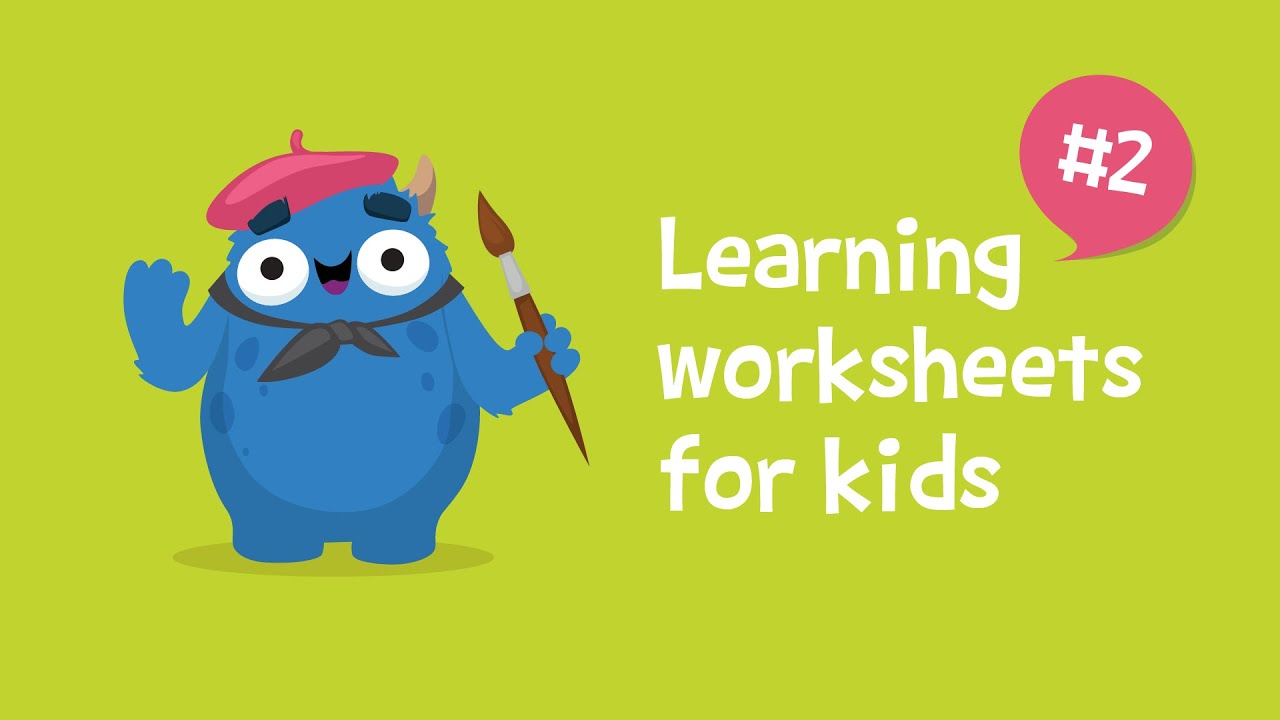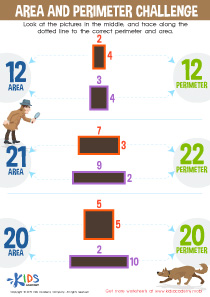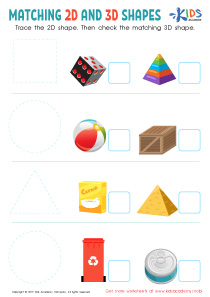Understanding fractions Fractions of Shapes Worksheets for Ages 7-9
22 filtered results
-
From - To
"Understanding Fractions of Shapes Worksheets for Ages 7-9" Our expertly designed worksheets help young learners grasp the concept of fractions through engaging activities focused on shapes. Suitable for children aged 7-9, these worksheets combine visual aids with hands-on practice to make learning fractions fun and effective. Students will enhance their understanding of breaking shapes into equal parts, comparing different fractions, and recognizing their real-world applications. By integrating interactive exercises and step-by-step guidance, we ensure a comprehensive learning experience that builds confidence and mathematical skills. Perfect for classroom use or at-home practice, these worksheets turn fractions into an exciting adventure.
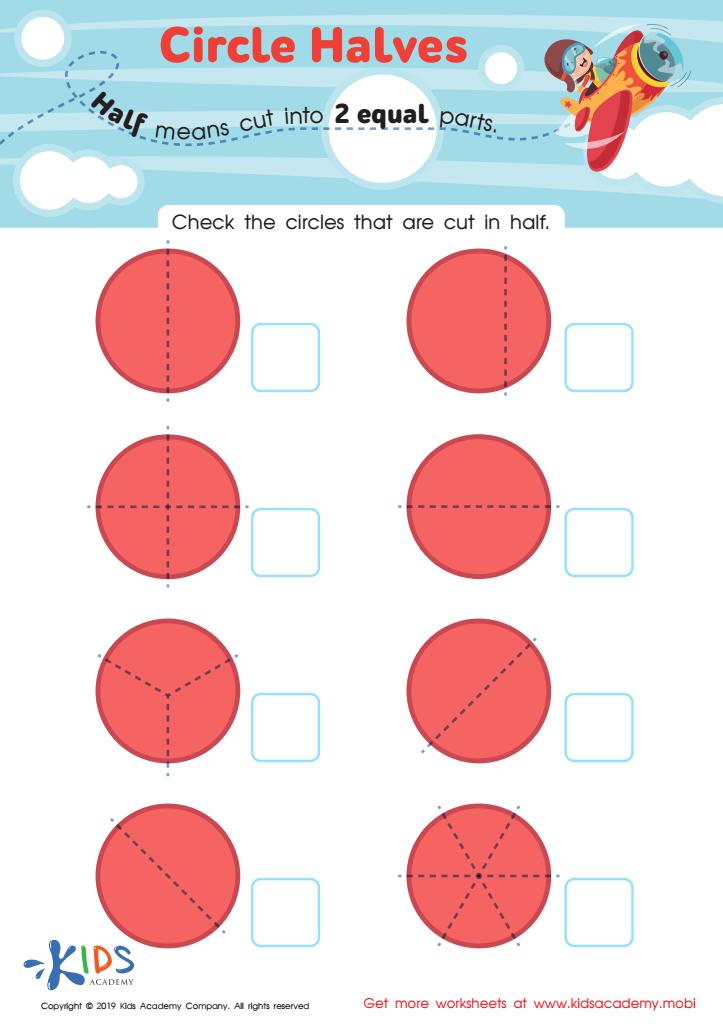

Circle Halves Worksheet
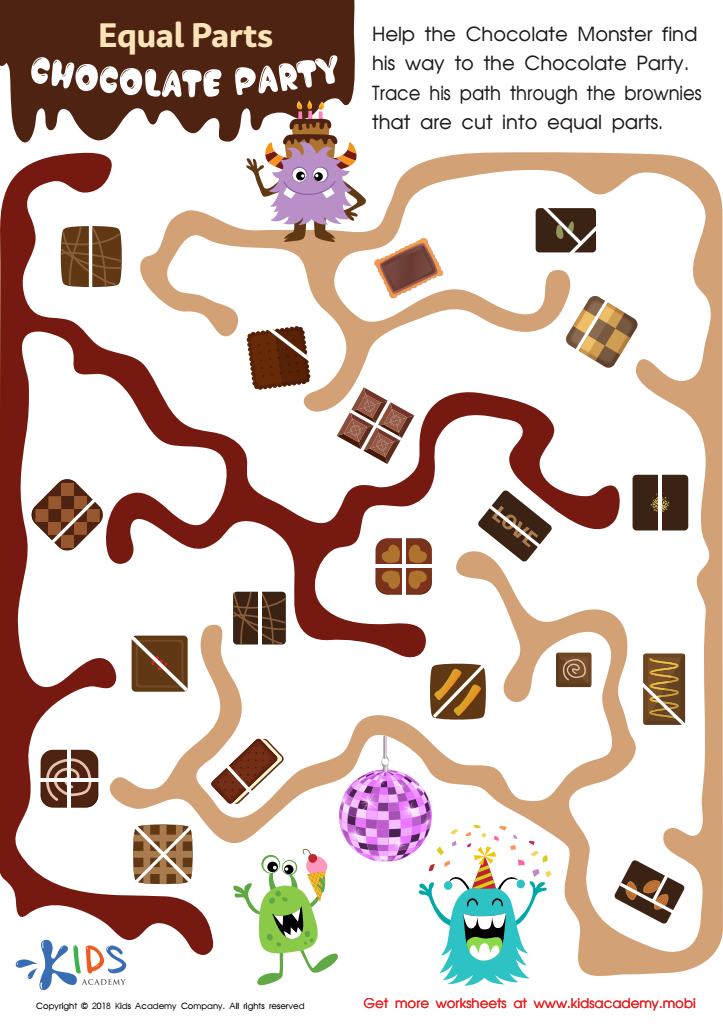

Equal Parts: Chocolate Party Worksheet
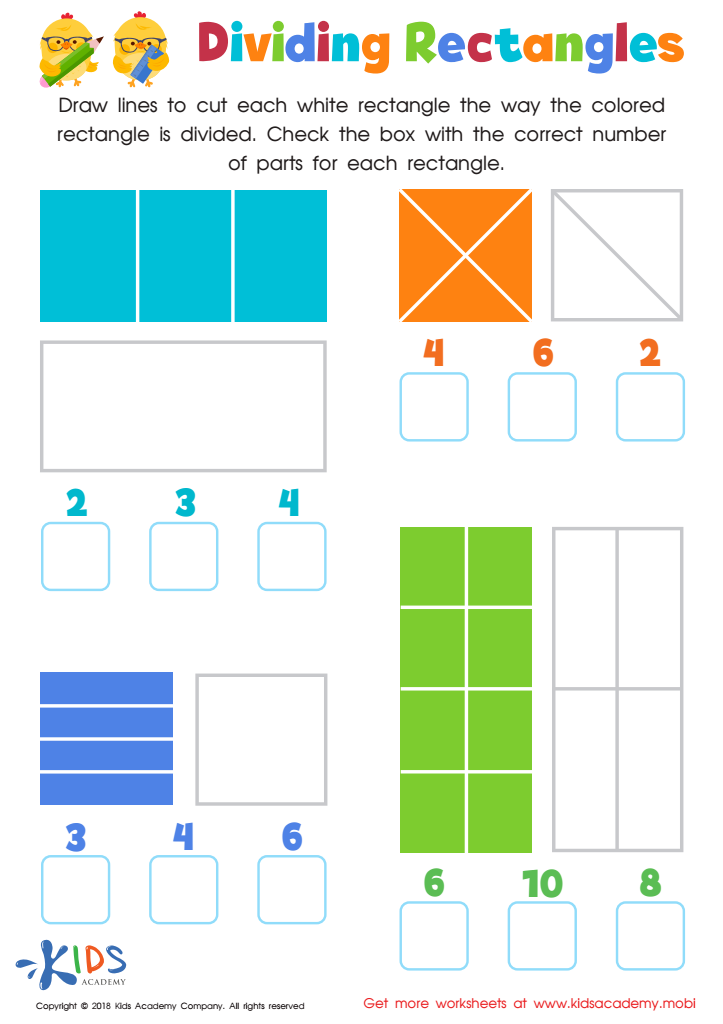

Dividing Rectangles Worksheet


Halves and Wholes on the Clock Worksheet
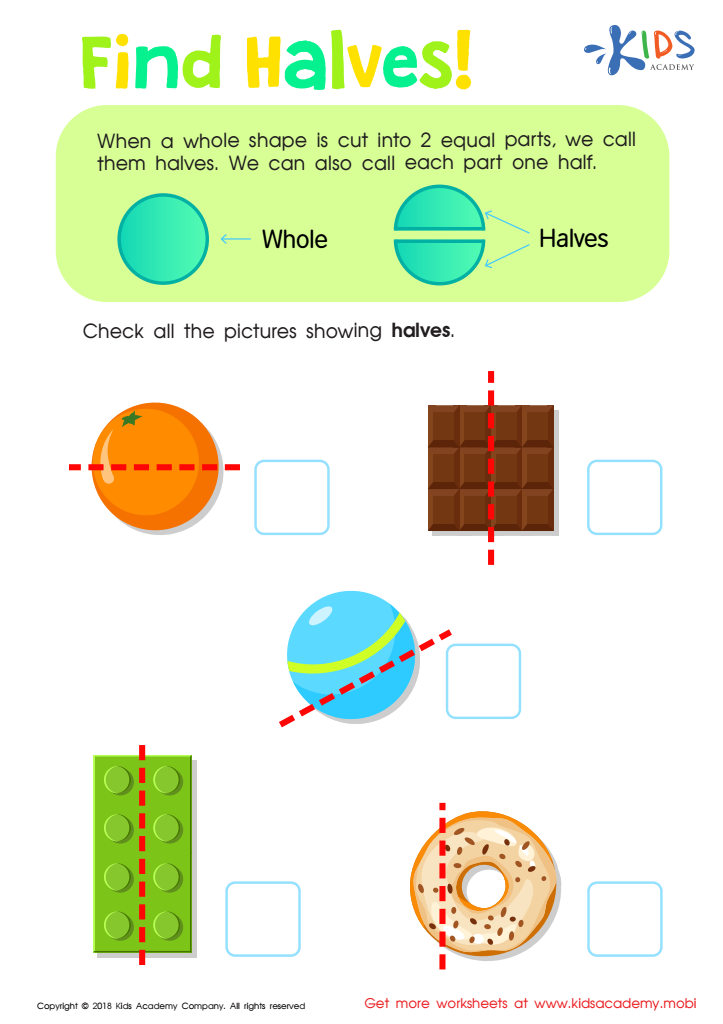

Find Halves Worksheet
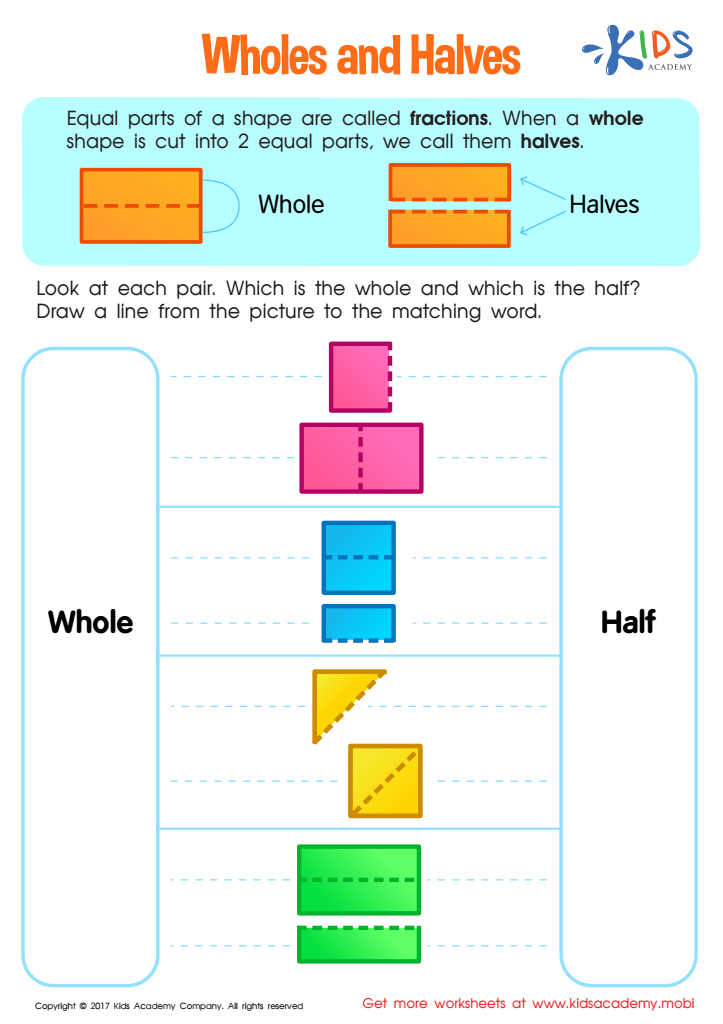

Wholes and Halves Worksheet
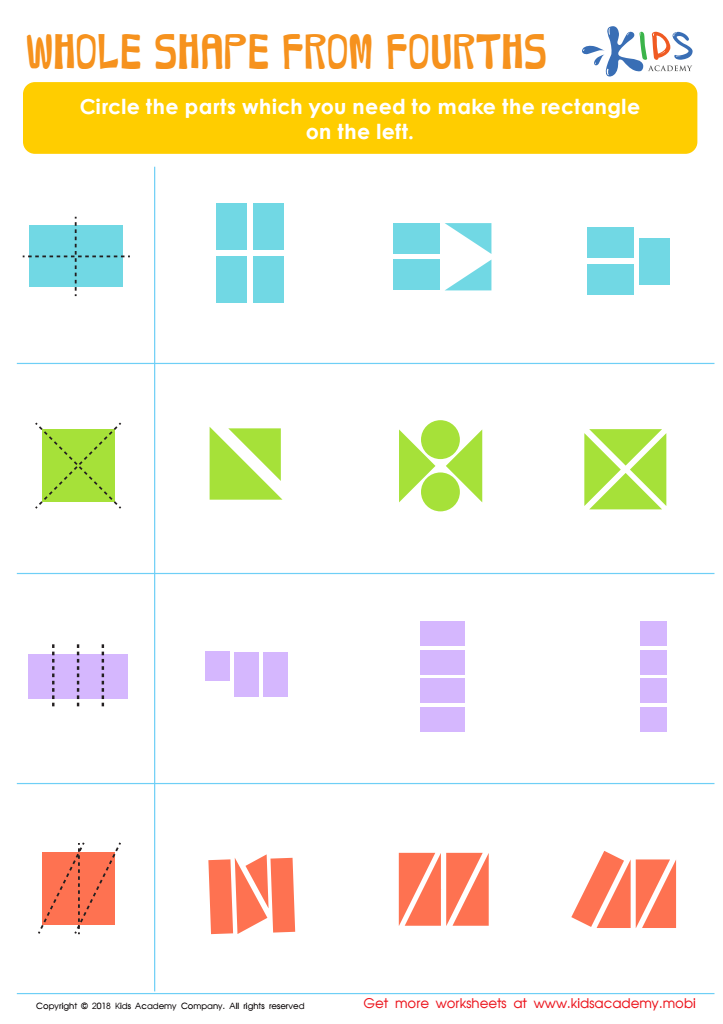

Whole Shape from Fourths Worksheet
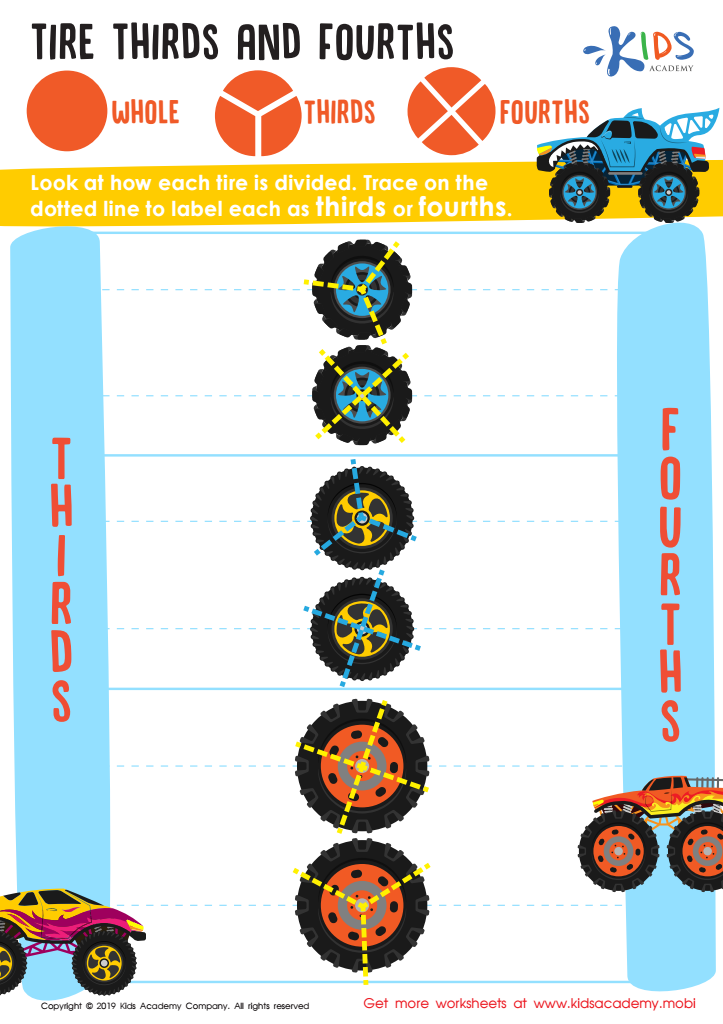

Tire Thirds and Fourths Worksheet
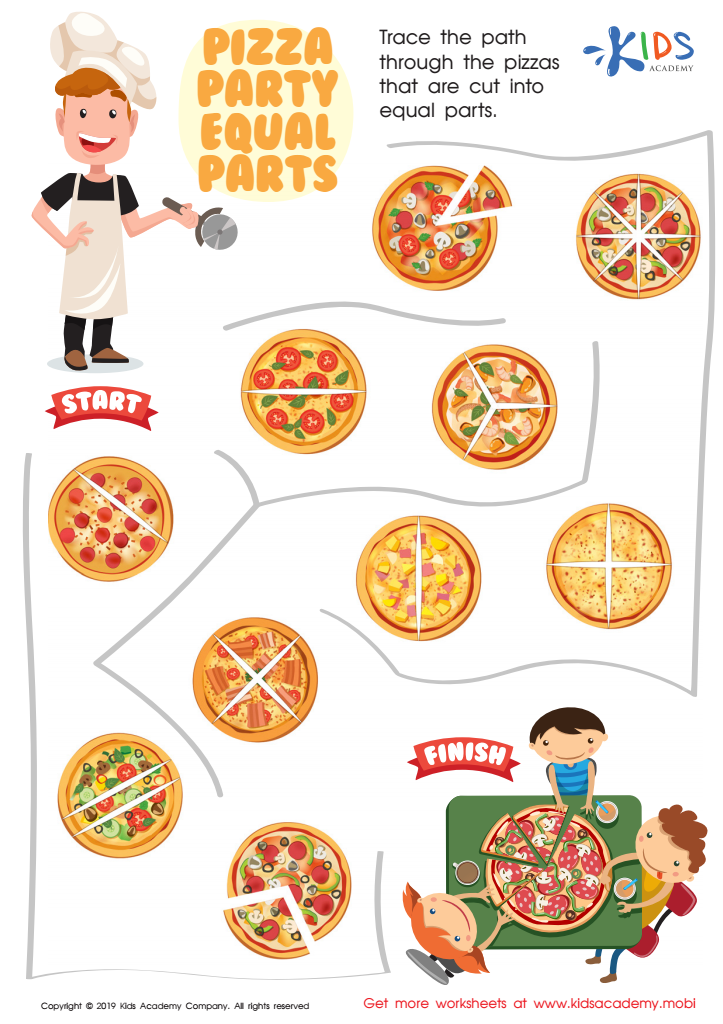

Pizza Party Equal Parts Worksheet
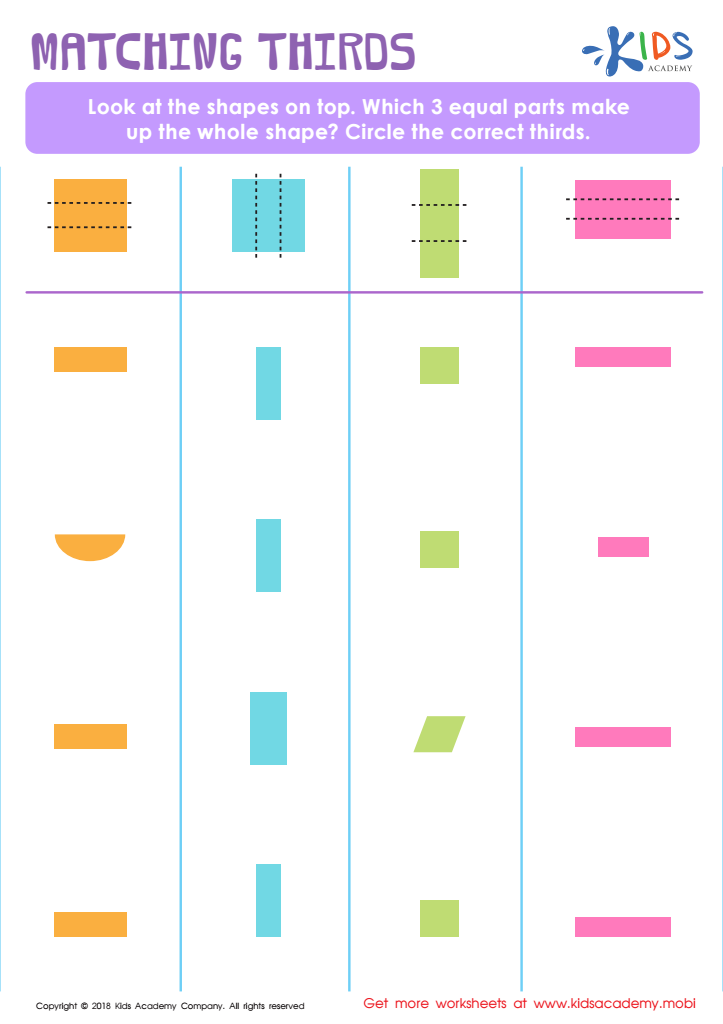

Matching Thirds Worksheet


Fractions: Shapes Worksheet
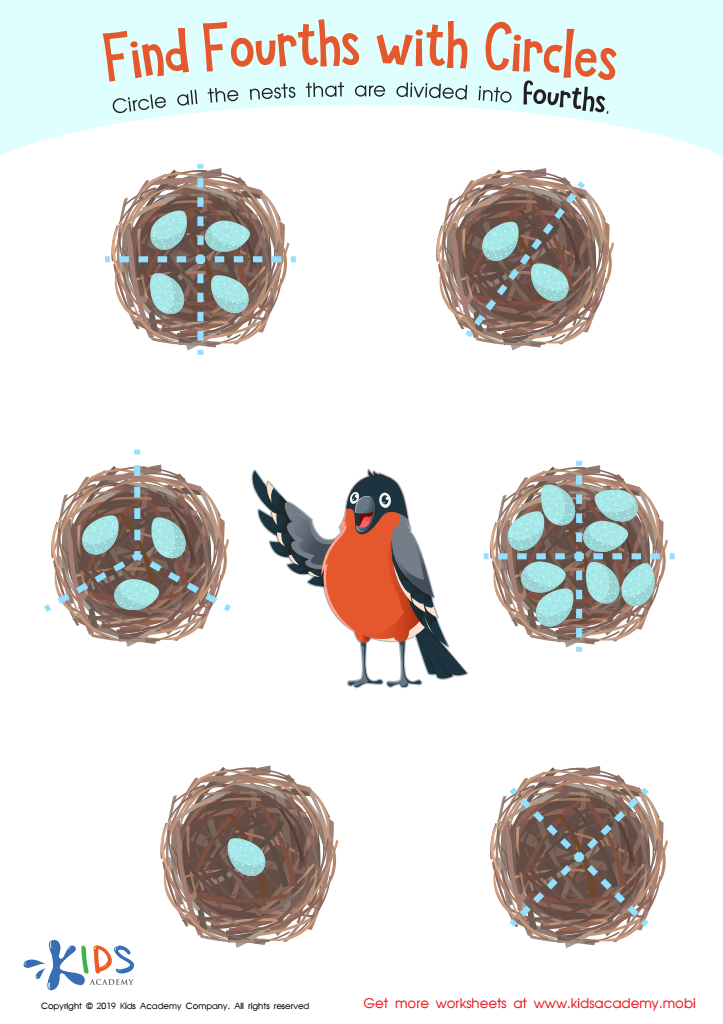

Find Fourths Circles Worksheet
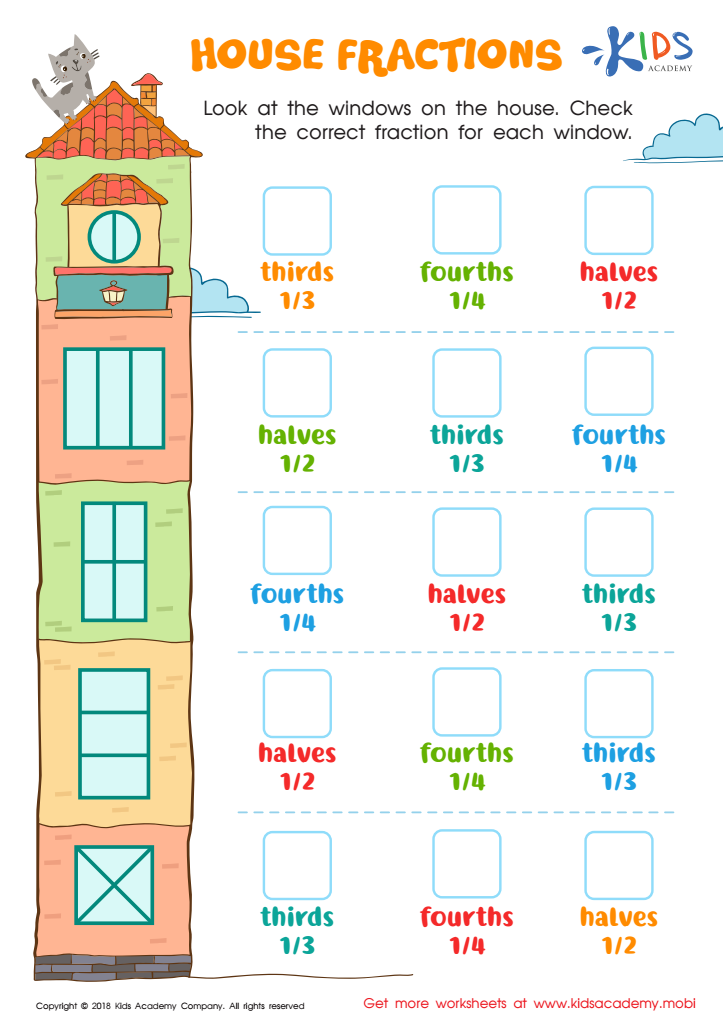

House Fractions Worksheet
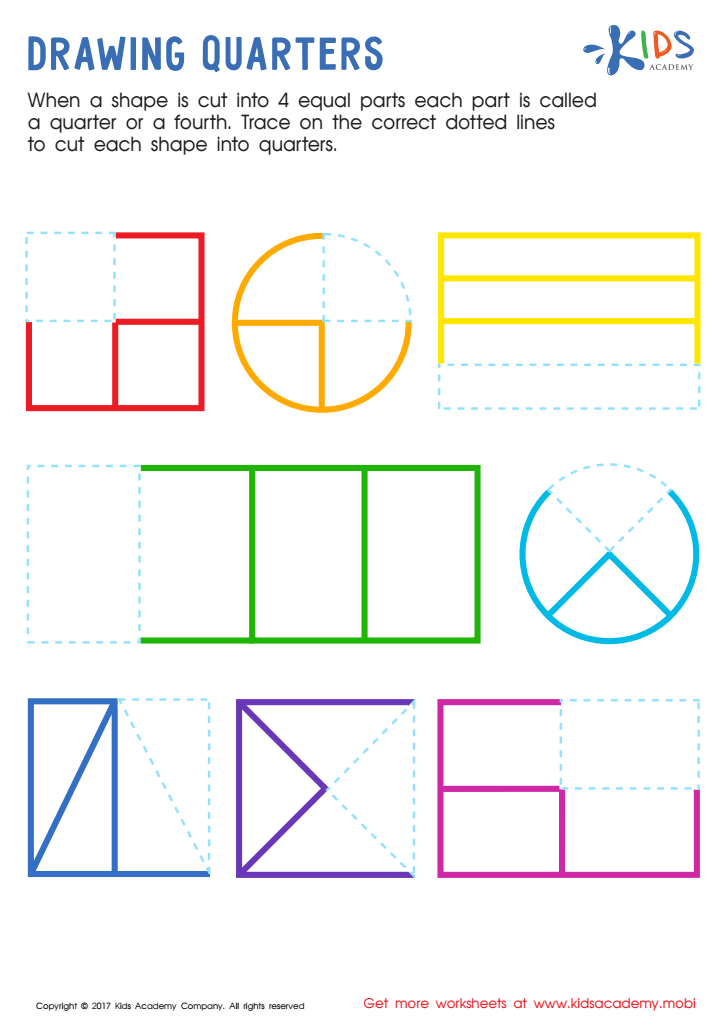

Drawing Quarters Worksheet
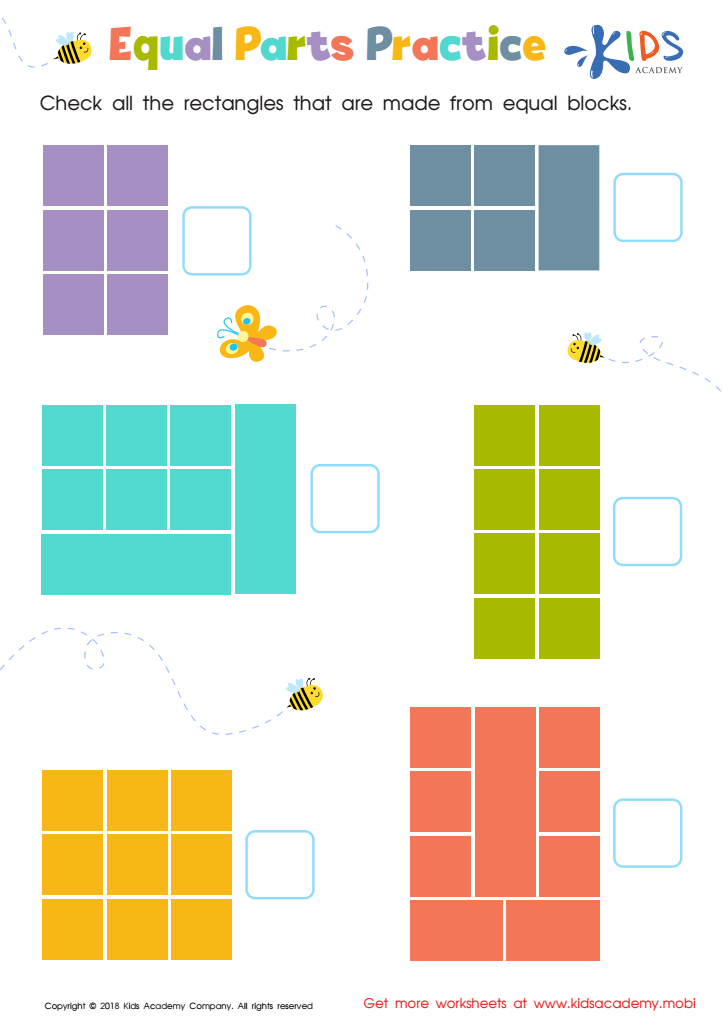

Equal Parts Practice Worksheet
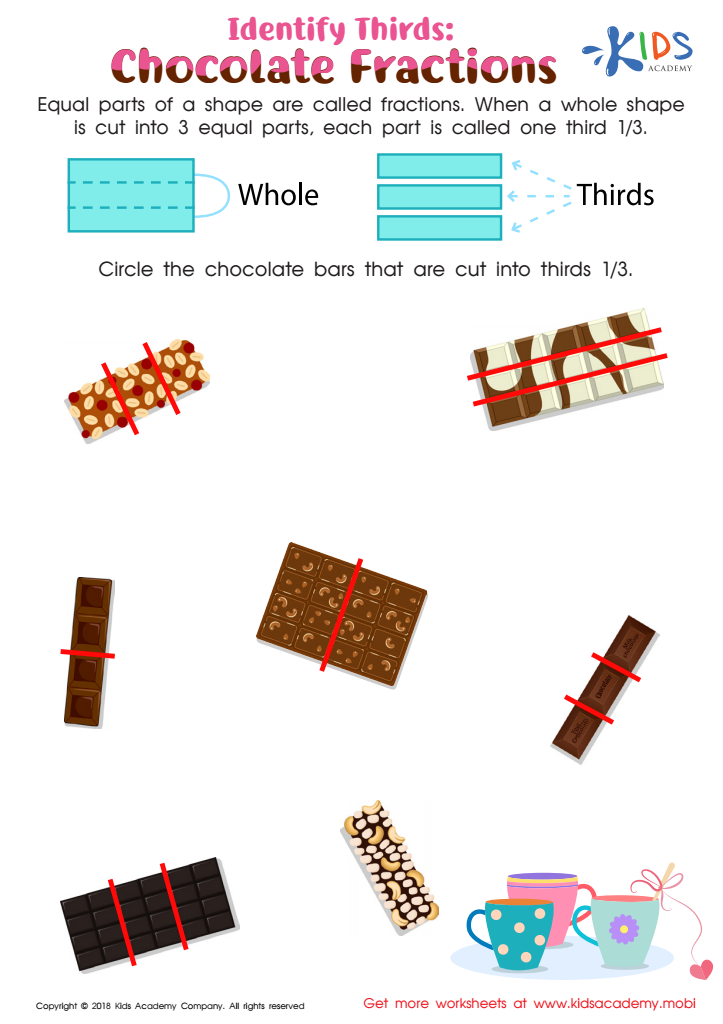

Identify Thirds: Chocolate Fractions Worksheet
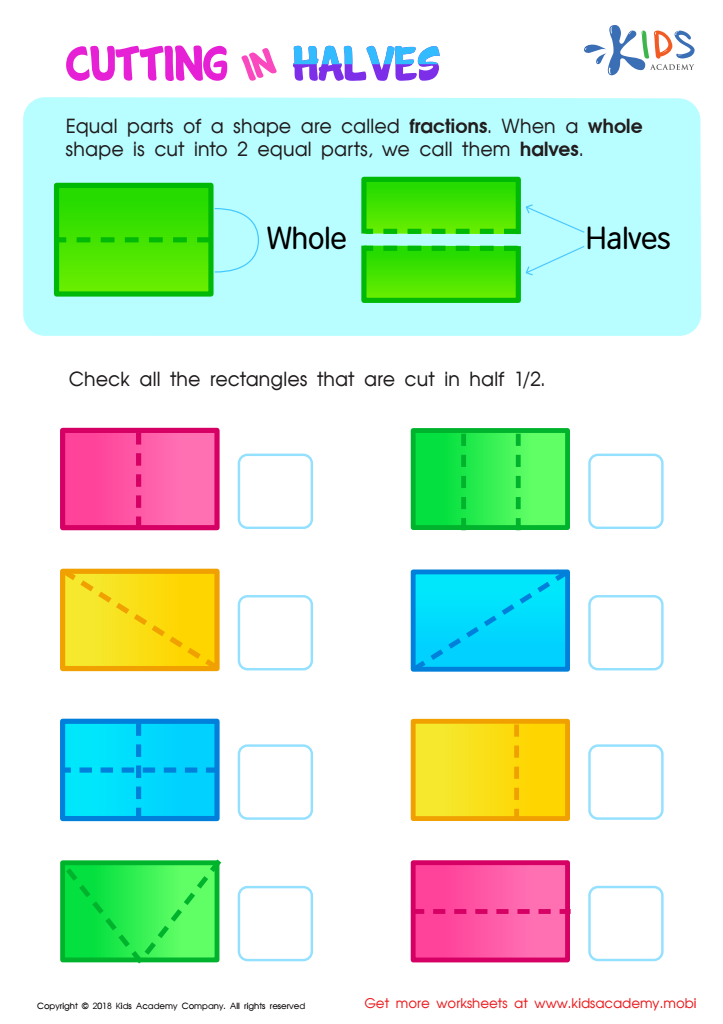

Cutting in Halves Worksheet
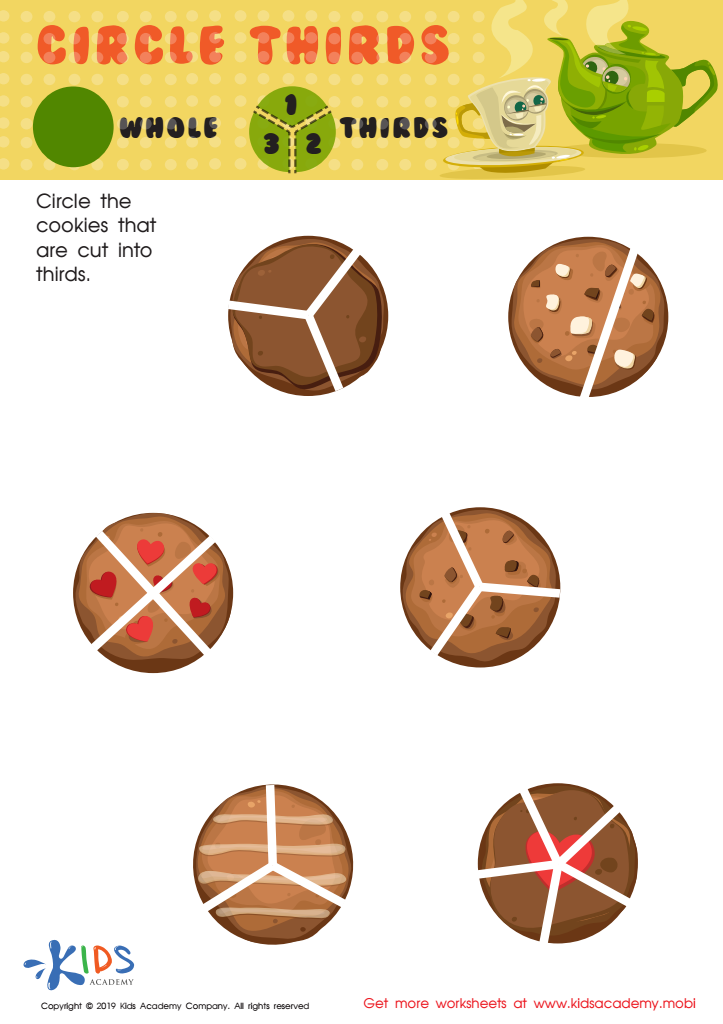

Circle Thirds Worksheet
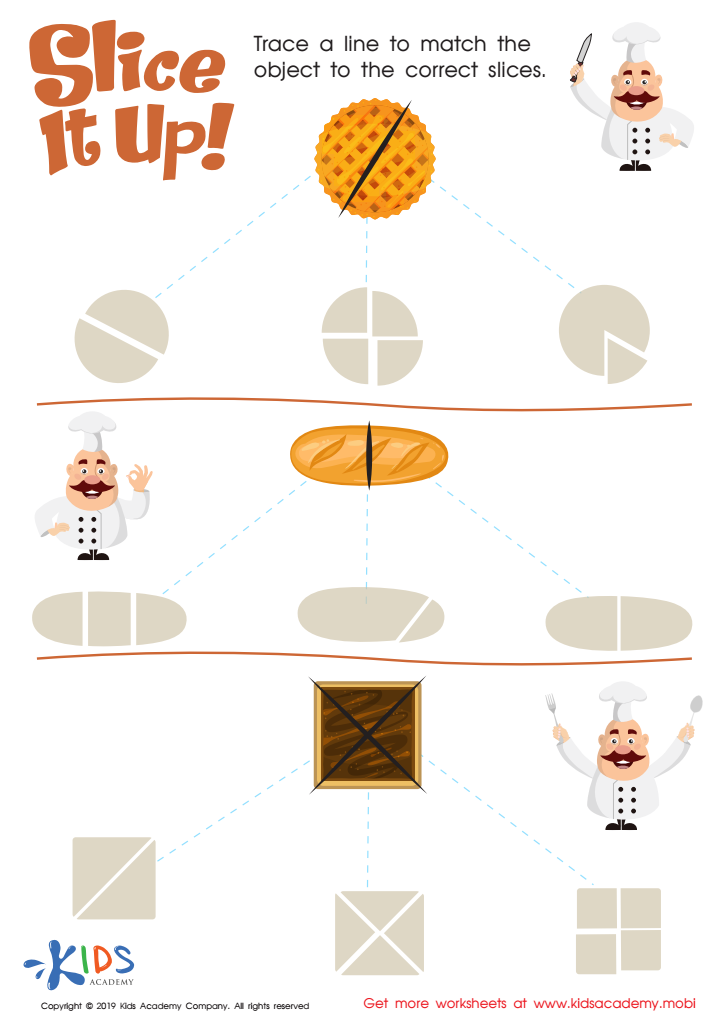

Slice It Up Worksheet
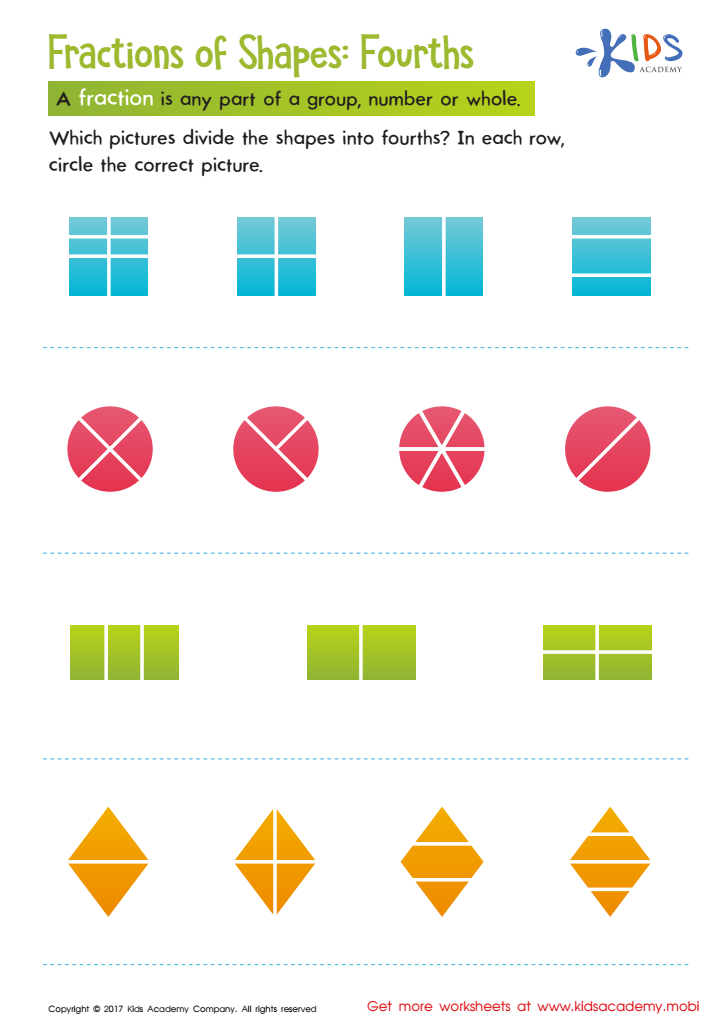

Fractions of Shapes Worksheet
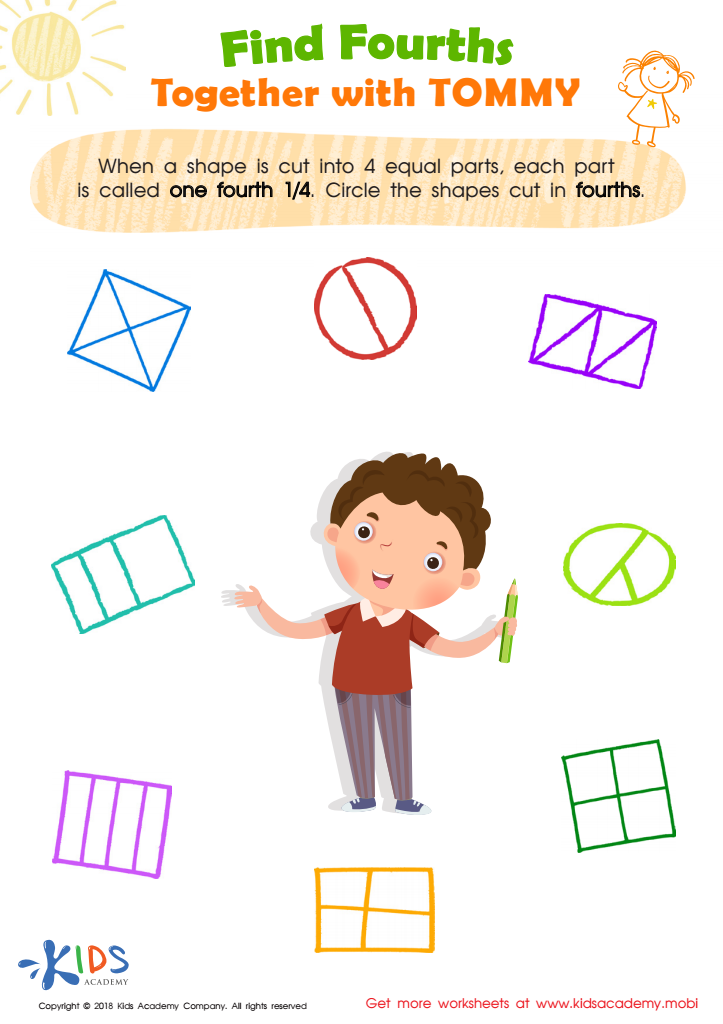

Find Fourths Together with Tommy Worksheet
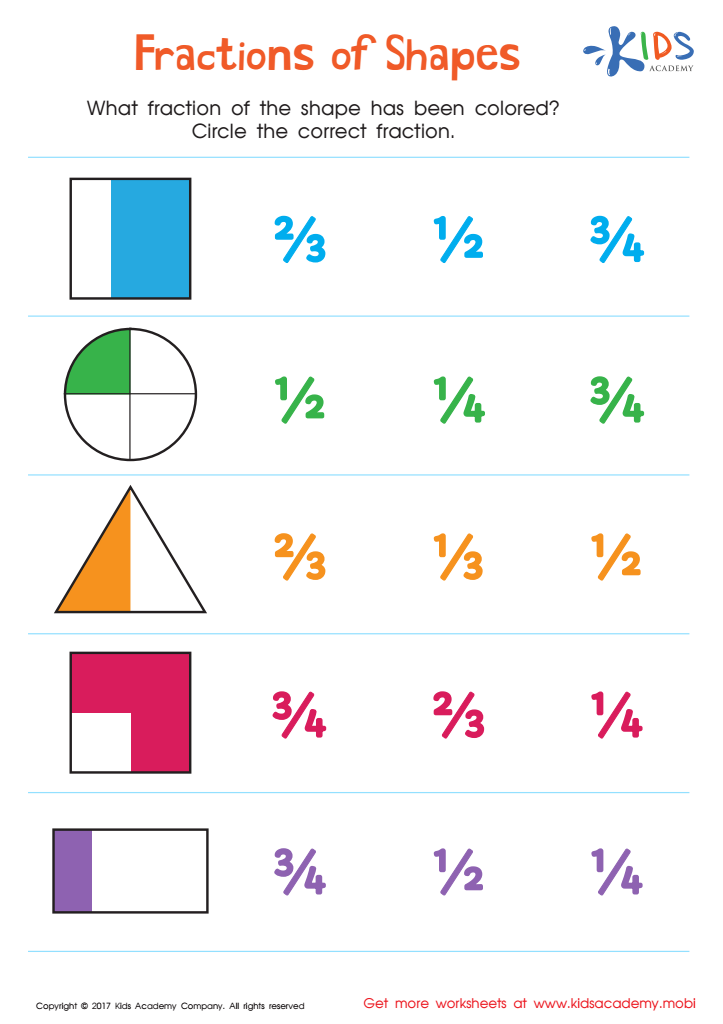

Fractions of Shapes: Math Concept Worksheet
Understanding fractions in shapes is fundamental for children aged 7-9 because it lays the groundwork for more advanced mathematical concepts. At this crucial stage in their education, grasping the idea of fractions helps children comprehend how parts make up a whole, fostering a strong numerical sense that supports future learning.
When parents and teachers emphasize fractions through shapes, they make abstract ideas more concrete and relatable. Visualizing fractions as parts of a shape enables children to see fractions in a tangible form, aiding in their understanding and retention. This hands-on approach is especially effective for young learners who benefit from visual and practical learning experiences.
Furthermore, mastering fractions of shapes helps young children develop critical thinking and problem-solving skills. As they learn to identify, compare, and divide shapes into fractions, they are essentially learning how to reason and think logically about quantities and divisions, abilities that are invaluable in everyday life.
In addition, this understanding improves their performance in other areas of mathematics, such as geometry, measurements, and even algebra later on. Hence, by recognizing the importance of fractions and supporting their learning, parents and teachers are setting children up for long-term academic success and practical life skills.
 Assign to My Students
Assign to My Students









